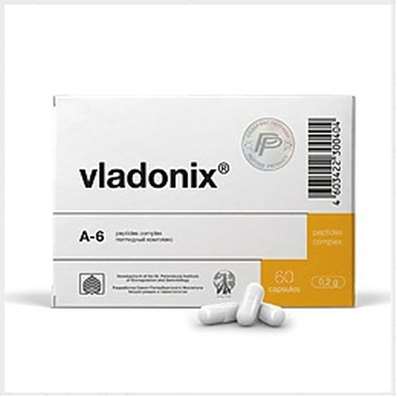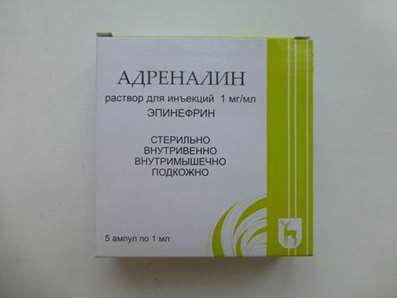Instruction for use: Cyproterone (Cyproteronum)
I want this, give me price
chemical name
(1beta, 2beta) -6-chloro-1,2-dihydro-17-hydroxy-3'H-cyclopropa [1,2] pregnane-1,4,6-triene-3,20-dione (as 17- Acetate)
Pharmacological group
Androgens, antiandrogens
Antineoplastic hormonal agents and hormone antagonists
Nosological classification (ICD-10)
C61 Malignant neoplasm of prostate
Adenocarcinoma of the prostate, Hormone-dependent prostate cancer, Hormone-Resistant Prostate Cancer, Malignant tumor of prostate, Malignant neoplasm of prostate, Carcinoma of the prostate, Locally-distributed non-metastatic prostate cancer, Locally advanced prostate cancer, Locally spread prostate cancer, Metastatic prostatic carcinoma, Metastatic prostate cancer, Metastatic hormone-resistant prostate cancer, Non-metastatic prostate cancer, Incompatible prostate cancer, Prostate Cancer, Prostate cancer, Common prostate cancer, Testosterone-Depot Prostate Cancer
E28.1 Excess androgen
Androgen-dependent diseases in women, Androgen-dependent conditions in women, Androgenation in women, Diseases androgen-dependent in women, Excess androgen in women
E30.1 Premature puberty
Premature puberty, Premature sexual development, Premature puberty in girls, Early puberty, Primary premature puberty
F52.7 Increased libido
Sexual dysfunction, Hypersexuality, Male hypersexuality, Hypersexuality with deviant sexual behavior, Increased sexual desire for sexual deviations
L21.8 Other seborrheic dermatitis
Seborrhea of the skin of the face, Seborrheic dermatitis due to Pityrosporum ovale
L64 Androgenic alopecia
Alopecia androgenic, Androgenetic alopecia, Androgenic alopecia of moderate severity, Severe Androgen-Dependent Alopecia, Male pattern hair loss
L68.0 Hirsutism
Pathological hair body and body
L70.8 Other acne
Milium (whiteheads), Redheads
Code CAS 2098-66-0
Characteristics
Antitumor agent. Anti-androgen steroid nature.
Pharmacology
Pharmacological action - antiandrogenic, antitumor, progestogen.
Competitively blocks androgen receptors, inhibits the action of androgens on the cells of target organs. Inhibits the release of gonadotropins, reduces the synthesis of endogenous androgens and their level in the blood.
After oral intake is completely absorbed from the digestive tract (bioavailability - about 100%). Cmax in the blood - after 3-4 hours, elimination is biphasic with T1 / 2 3-4 hours to 2 days. After the / m introduction of depot form (bioavailability - 100%) Cmax in blood plasma - after 1-3 days; T1 / 2 - 4 days; The equilibrium concentration in the blood plasma is established after 4 injections. Binding to blood proteins (mainly with albumin) is about 96%. Metabolised in the liver. Accumulated in adipose tissue. Penetrates into breast milk (with lactation 0.2% can be excreted in breast milk). It is excreted mainly in the form of metabolites with bile (up to 70%) and urine (up to 30%), a small amount is excreted with bile in unchanged form.
Reduces or completely eliminates the effects of androgens - protects the prostate gland from the effects of androgens of the sex glands and / or adrenal cortex. In men reduces unhealthy sexual desire, reduces potency, reduces the function of the testicles (changes are reversible and disappear after discontinuation of treatment).
As a result of the antigonadotropic effect, ovulation is inhibited. Women reduce hair loss on the head and their excessive growth on the face and other parts of the body. In addition, reduces the increased function of the sebaceous glands.
substance Cyproteron
In men, metastatic or inoperable prostate cancer (without and after orchiectomy, and in combination with gonadotropin-releasing hormone-GnRH agonists), hypersexuality. In women - pronounced androgenization phenomena (including severe hirsutism, severe androgen-dependent alopecia, severe forms of acne and seborrhea). Children - premature sexual development.
Contraindications
Hypersensitivity, severe hepatic insufficiency, liver tumors, incl. In the anamnesis (with the exception of metastatic liver damage in prostate cancer), Dubin-Johnson syndrome, Rotor syndrome, depression (severe forms), thromboembolic syndrome, pregnancy, breast-feeding.
Restrictions on the use
It is necessary to individually evaluate the possible benefits and risk of developing negative effects of treatment when deciding whether to prescribe a drug for patients with prostatic carcinoma in the presence of severe diabetes with vascular complications, sickle cell anemia, history of thromboembolism, cachexia (if it is not associated with prostate cancer) .
Adolescence (until the end of puberty), herpes pregnant (in the anamnesis), idiopathic jaundice of pregnant women (in the anamnesis).
pregnancy and lactation
Contraindicated in pregnancy (before the therapy, women should undergo general medical and gynecological examination, the condition for the initiation of therapy is the absence of pregnancy). For the duration of treatment, breastfeeding should be stopped (penetrates into breast milk).
Side effects
Abdominal pain, nausea, fatigue, dry skin, anxiety or depression, fatigue, decreased concentration, fluid retention, body weight, allergic reactions; At high doses - a violation of liver function. In men, suppression of spermatogenesis (decreased fertility, usually restored 3-4 months after drug discontinuation), gynecomastia (including in combination with increased tactile sensitivity and soreness of the nipples). Women - a feeling of tension in the mammary glands, suppression of ovulation. Children - oppression of the adrenal cortex (with high-dosage therapy), liver failure. With a rapid in / m introduction - cough, shortness of breath.
Interaction
The antigonadotropic effect of cyproterone is enhanced when combined with GnRH agonists. Against the background of cyproterone, there may be a change in the need for oral hypoglycemic agents or insulin.
Routes of administration
In / m, inside.
Precautions
During the period of treatment, it is necessary to monitor liver function, adrenal cortex and peripheral blood picture. If signs of hepatotoxicity appear, the drug should be discontinued. Patients with diabetes may require a dose adjustment of insulin or other hypoglycemic agents (more often than usual to monitor blood glucose levels). During the treatment period, it is necessary to refrain from engaging in activities requiring increased attention. In children receiving large doses of the drug, with high-intensity loads, there may be a need for replacement therapy with glucocorticoids (due to latent adrenal insufficiency).
When taking alcohol simultaneously with treatment in patients with pathologically increased sexual desire, a decrease in the effect of therapy may be observed.
In extremely rare cases, against the background of the use of cyproterone acetate, benign and extremely rarely malignant liver tumors can be observed.

 Cart
Cart





